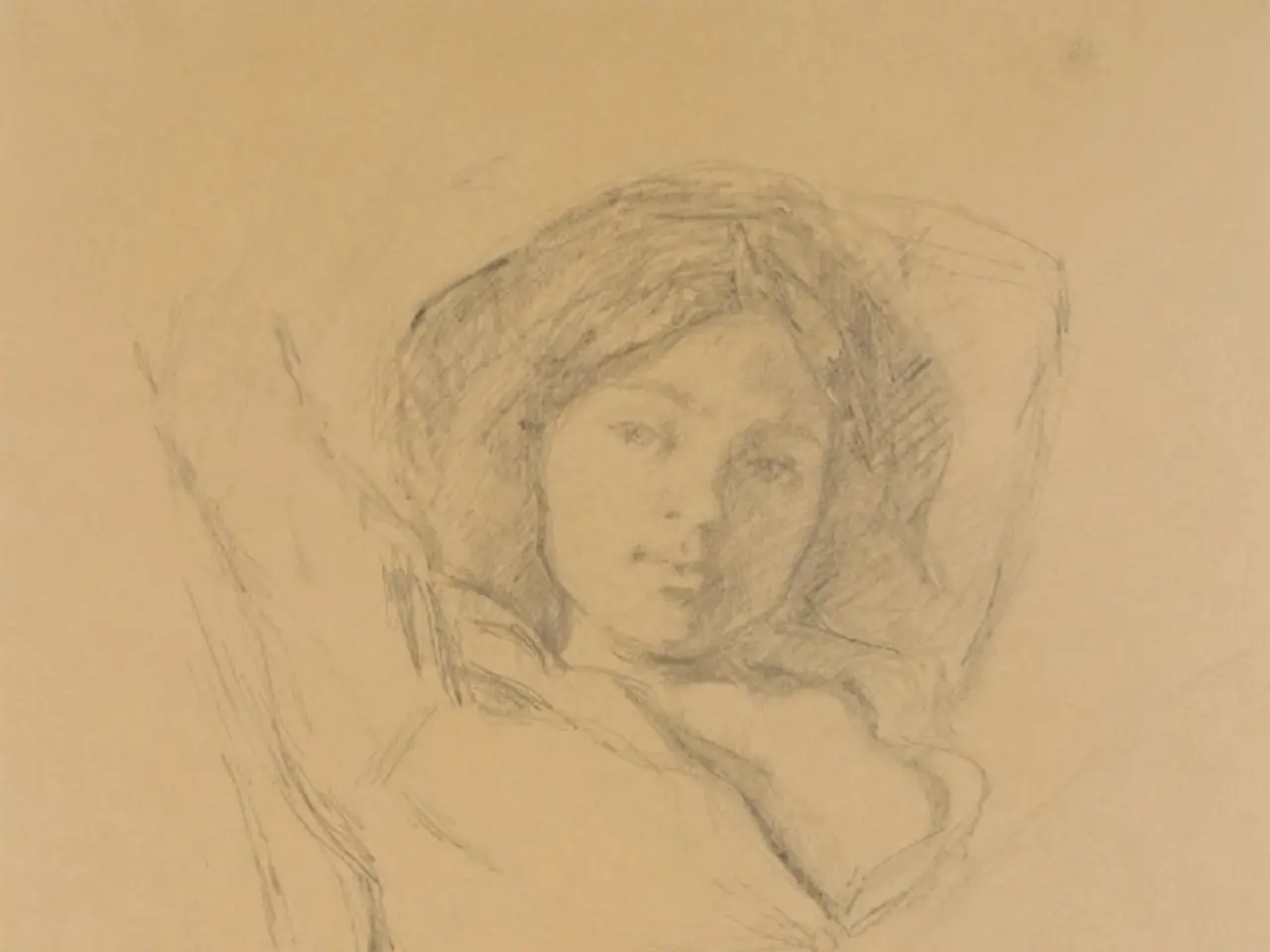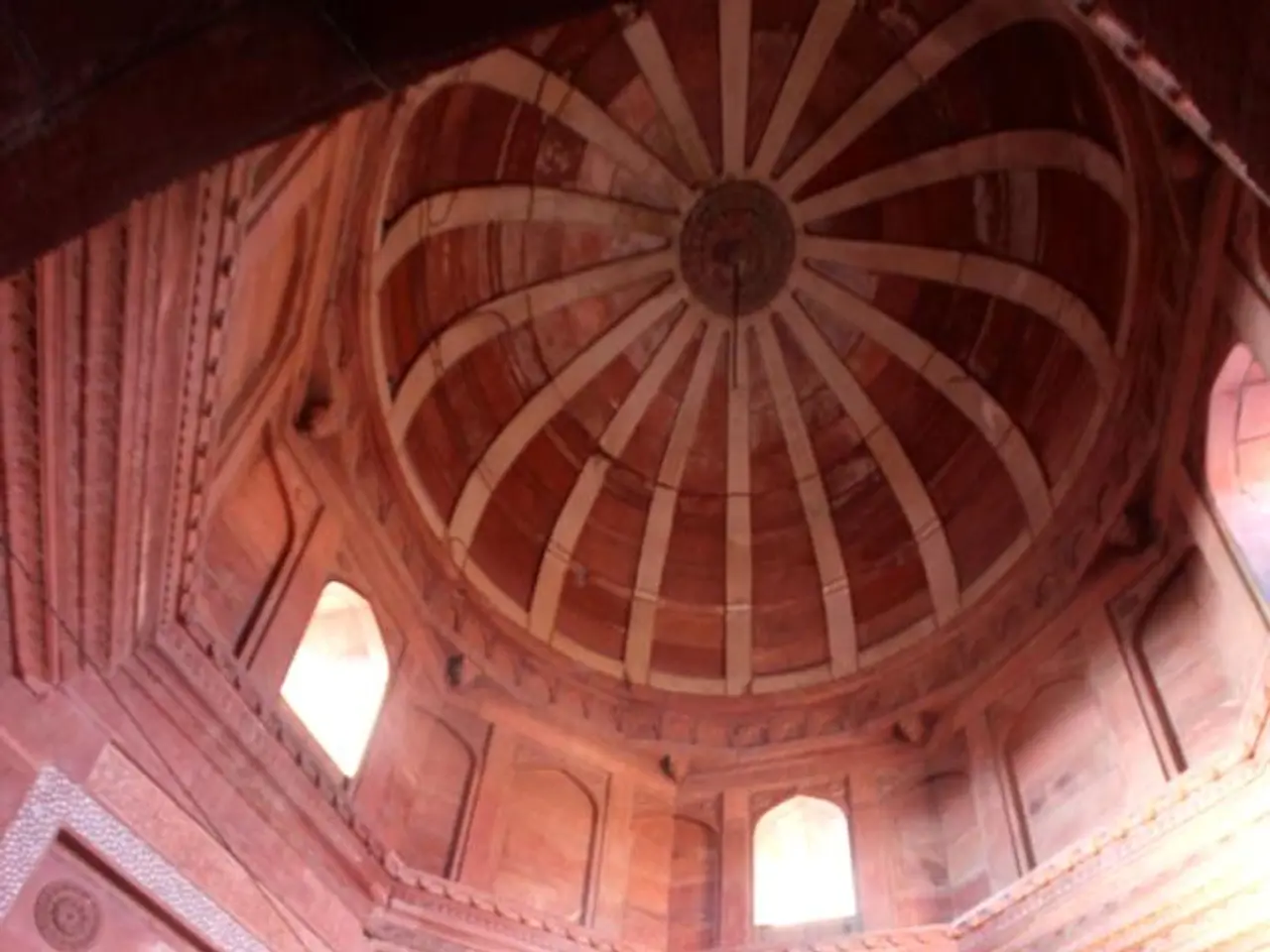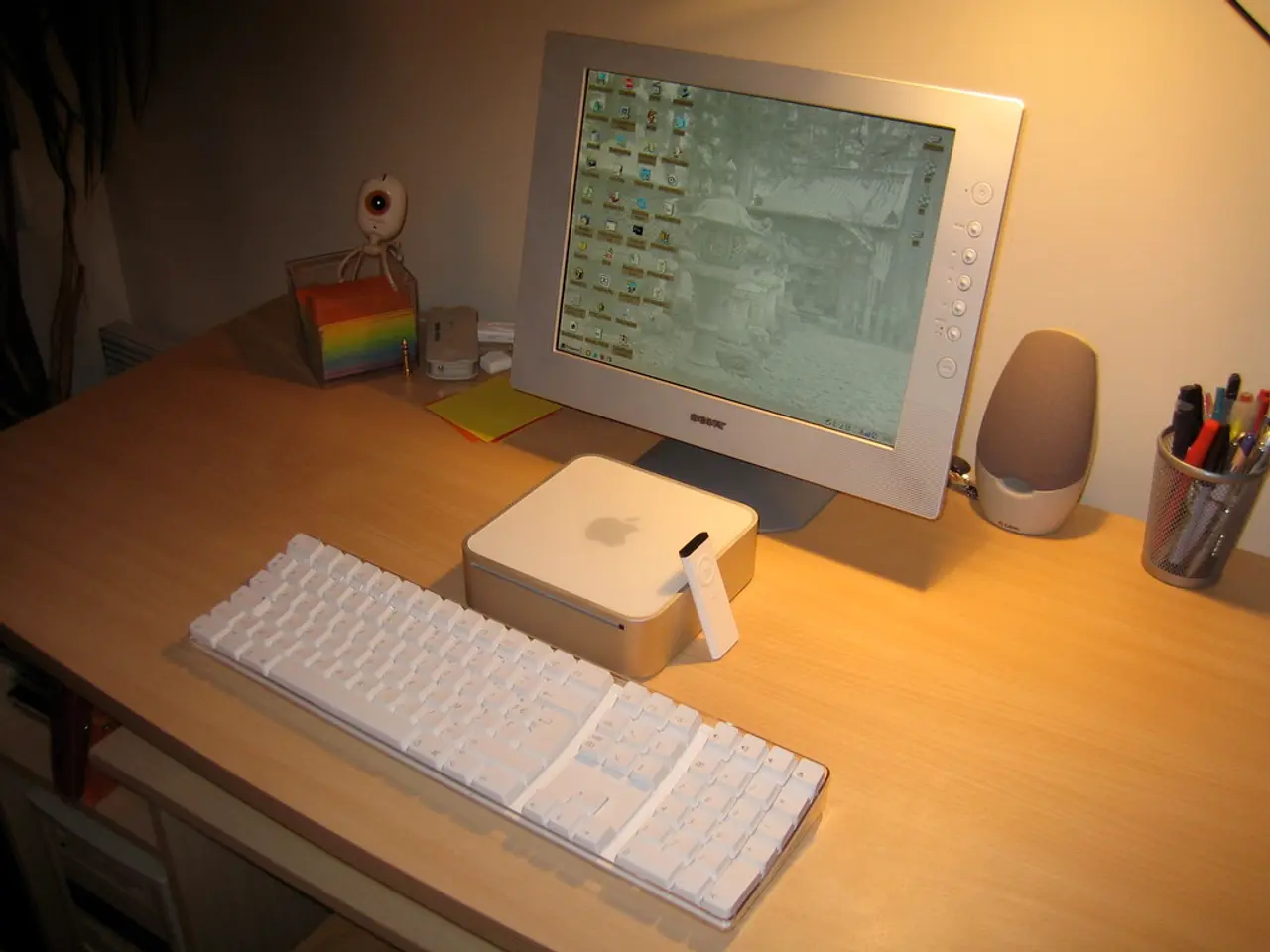Transforming Sketch into Vector Format Without Re-Creating Everything Anew
In the digital age, sketching has taken on a new dimension with the ability to convert hand-drawn designs into scalable, editable vector artwork. One such tool that simplifies this process is Adobe Illustrator's Auto Trace tool. Here's a step-by-step guide on how to convert your sketches into vectors using this powerful tool.
To start, open your sketch image in Illustrator. Next, navigate to the Image Trace panel by going to Window > Image Trace. Once open, turn on the Preview option to see real-time tracing results. Choose a preset that fits your sketch style, such as "Line Art" or "Sketch Art," ideal for hand-drawn outlines.
Now, adjust settings like Mode (Black & White for sketches), Threshold, Paths, Corners, and Noise until the vector looks right. Once satisfied with the preview, uncheck Preview to enable the Trace button, then click Trace. After tracing, go to Object > Expand to finalize the vector paths, converting the tracing into editable vector shapes.
If you wish to edit parts of the vector, right-click the traced image and select Ungroup. You can now manually adjust paths, delete extra shapes, recolor elements, and zoom in for precise edits. The original raster image remains visible beneath the vector result during the editing process, allowing you to easily reference your original work.
Converting a sketch to vector format provides infinite scalability, clean, editable shapes, and preserves the unique sketch style. Vector graphics are ideal for logos, branding, merchandise, and digital use. With the ability to edit and refine the vector, your artwork becomes flexible, editable, and ready for professional use in various formats.
For those who prefer free tools and target CAD or 3D printing, a workflow can involve cleaning the scanned sketch, cropping, scaling it correctly, and then using vector tracing tools like Inkscape to create SVG vectors that can be imported into CAD software.
When preparing your sketch for vector conversion, ensure it is scanned or photographed in good lighting to prevent shadows or smudges. Boosting contrast improves the visibility of faint or pencil-drawn lines, while adjusting the detail or complexity setting affects the number of vector points generated during conversion.
By learning how to convert sketch to vector, you open up your artwork to a whole new world of possibilities. Embrace the digital age and take your sketches to the next level with Adobe Illustrator's Auto Trace tool.
- Adobe Illustrator's Auto Trace tool allows you to convert hand-drawn designs, such as illustrations or sketches, into scalable vector graphics.
- Animation, home-and-garden, and lifestyle designs can also benefit from the scalability and editable nature of vector graphics, making them ideal for various fields, including data-and-cloud-computing and technology.
- Further, Inkscape, a free vector graphics editor, can be used to convert scanned sketches into SVG vectors, suitable for 3D printing or CAD design.
- Proper preparation of the sketch, with good lighting, contrast adjustment, and detail setting, ensures a successful conversion to vector format, granting you the ability to scale, edit, and manipulate your artwork as per requirement.




